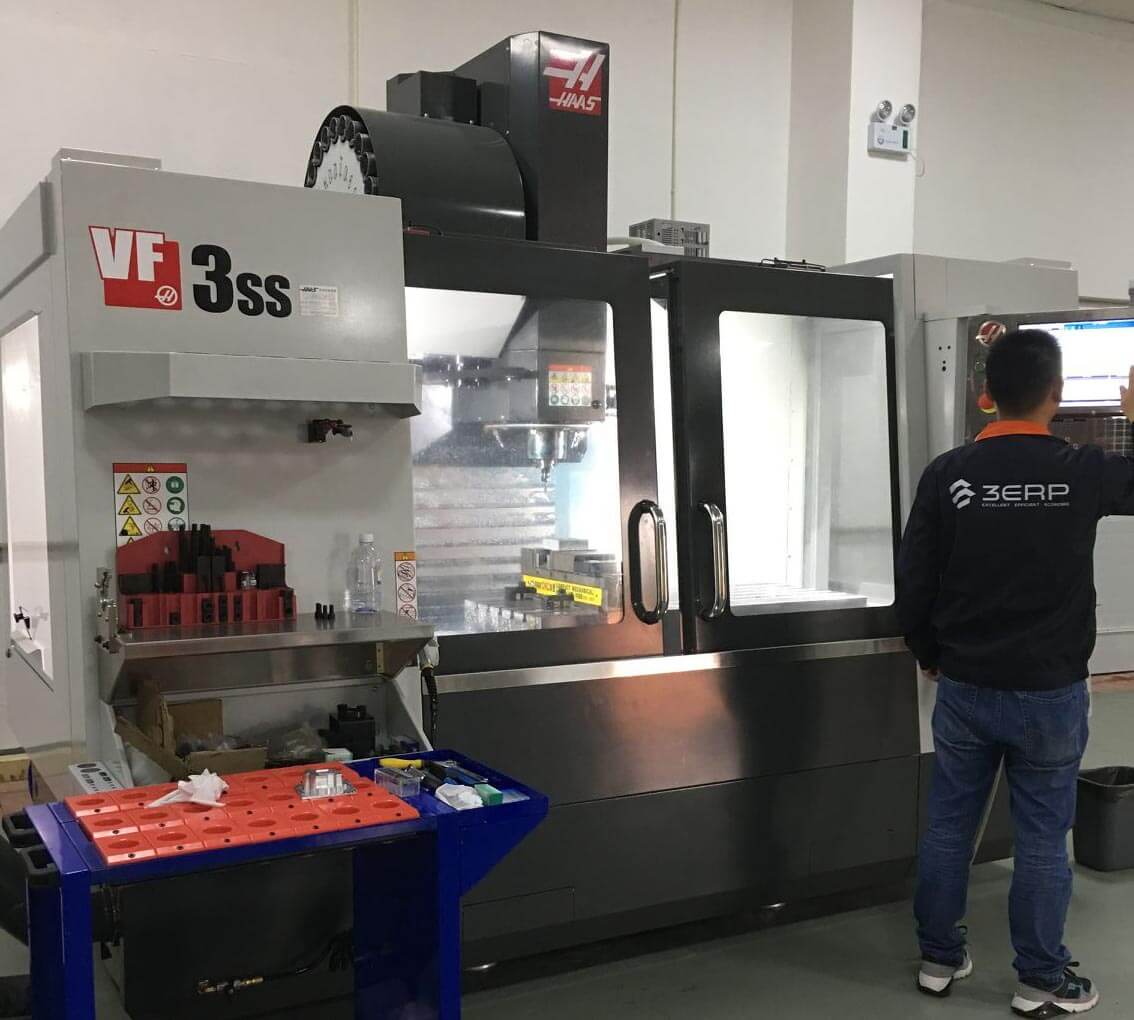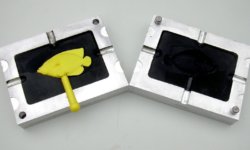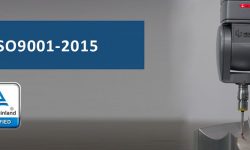Rapid prototyping and 3D printing capabilities have helped many companies to turn many great ideas into amazing products quicker than ever before. A product that can take days to model can now only be visualized in a matter of minutes or hours. That feature has enabled many manufacturing firms to reduce their product lead times and improve productivity. The adoption of rapid prototyping and 3D printing technologies in the manufacturing industry is now at its highest. The predictions are that many industrial processes will be modeled using the technologies, and that can be seen as a positive step towards maintaining high-quality standards in products.
Accuracy and Precision
The conventional industrial prototyping standards are known for their frequent revisions, and that is seen as the biggest contributors to lowering quality of manufacturing standards. However, rapid prototyping enables manufacturers to understand the design of any product iteratively. Through rigorous testing, evaluation, and quick remodeling capabilities; the technologies ensure that manufacturers come up with flawless product designs. There is also an element of flexibility which largely misses out in the conventional design procedures. Rapid prototyping and 3D printing design approach heavily rely on direct modeling from CAD, and that make vital virtual product trials and error elimination to be possible.
Easy communication of ideas
Manufacturers often rely on physical product models to convey design concepts to clients, marketers, collaborators, or even the regulating bodies. However, the challenge is that complex product designs may not be cost-effective to present as physical models. Rapid prototyping and 3D printing are built to handle even the most complex design ideas. They also facilitate clear and detailed way of presenting design ideas since their CAD capabilities can visualize a product in the right 3D form without having the need to resort to the costly, and sometimes unfeasible building of physical models.
Testing of product prototypes is made easy with rapid prototyping and 3D printing
Besides working on a how a product will look like at the end of its manufacturing procedures, manufacturers have a real test to determine whether their products satisfy regulating standards, are free from errors, and gives high performance. Rapid prototyping and 3D printing can work with many spectra of materials such as polymers, thermoplastics, composites, ceramics, and metals. Besides, it is possible to withstand secondary finishing processes such as painting, annealing, sealing, polishing, electroplating or metallization. Rapid prototyping and 3D printing make it possible for realistic models of products to be formed. Consequently, it gets easier to conduct the relevant tests on the product designs to ensure that they satisfy design concepts.
Conclusion
High-performance manufacturing processes are made to deliver flexibility, and that is a feature that is hard to find in the conventional industrial prototyping procedures. With rapid prototyping and 3D printing capabilities, it is possible to make quick changes to a product design such as changing geometries, providing the right tolerance, and material design. That aspect makes product prototype design phase to be less costly, take little time, and ensure that it is possible to have a quick back since product visualizations are easy to make using rapid prototyping and 3D printing.







